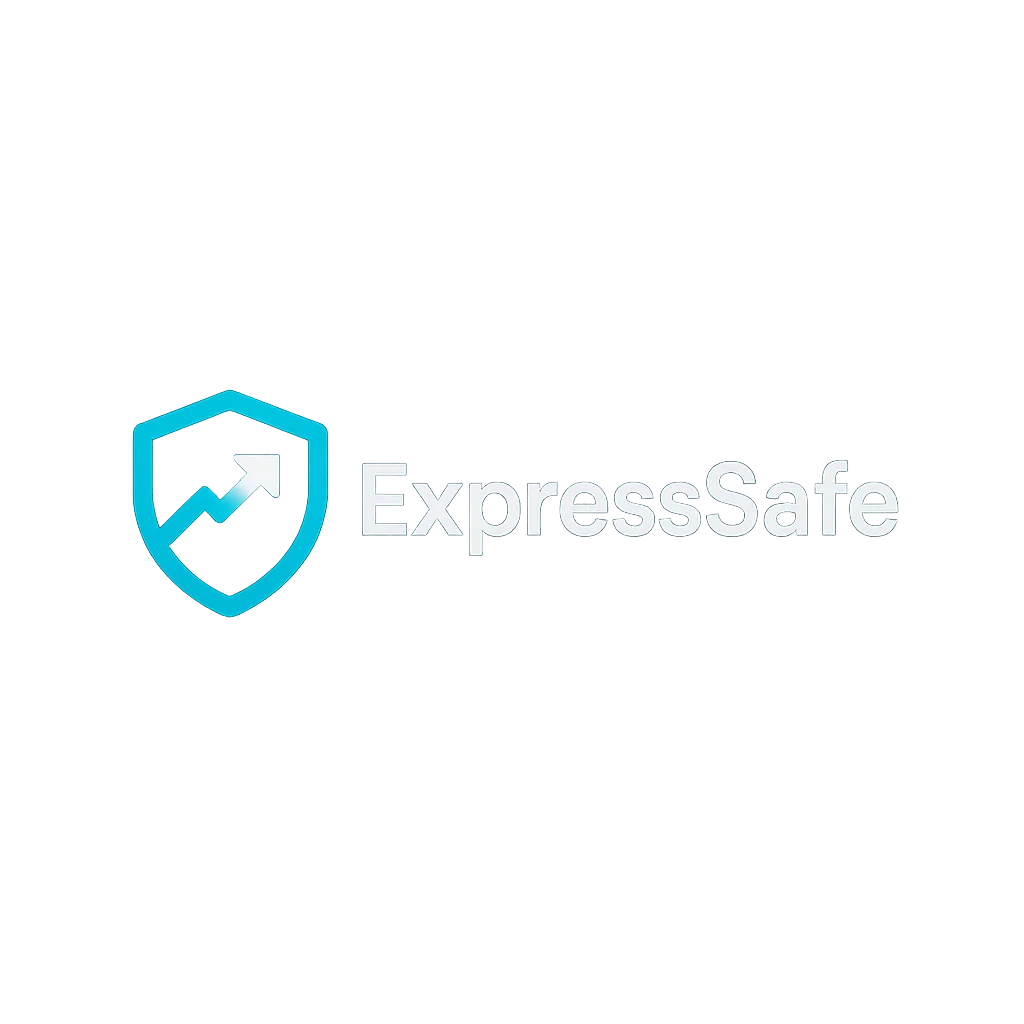Master credit scores, loan types, and debt payoff strategies with AI tools, automation, and expert-backed advice. The ultimate financial toolkit.
🧩 Executive Summary
Credit, debt, and loans are powerful financial tools—when used correctly. In today’s complex financial landscape, managing your credit profile, understanding loan structures, and eliminating bad debt are essential for financial independence. This comprehensive guide will help you master the systems of credit scoring, borrowing, and debt management with smart strategies, automation tools, and insights tailored for the digital economy.
📌 1. Credit 101: Understanding Your Credit Profile
What is a credit score?
Your credit score is a 3-digit number (300–850) that represents your creditworthiness. It’s based on factors such as:
- Payment history (35%)
- Credit utilization (30%)
- Credit age (15%)
- Credit mix (10%)
- Recent inquiries (10%)
Main bureaus in the US: Equifax, Experian, and TransUnion.
📉 2. Common Credit Myths Busted
| Myth | Reality |
|---|---|
| Closing a card improves credit | It can reduce credit age and hurt your score |
| Checking my score lowers it | Soft inquiries don’t affect your credit |
| All debt is bad | Good debt (like mortgages) can boost credit health |
| Paying minimums is enough | Interest piles up; full payments matter |
💳 3. How to Build or Rebuild Credit in 2025
- Use a secured credit card for regular, low purchases.
- Become an authorized user on a responsible person’s account.
- Use rent reporting services like RentTrack or LevelCredit.
- Use apps like Experian Boost to get credit for utility/Netflix payments.
- Never exceed 30% of your credit limit.
🏦 4. Types of Loans & Credit Products Explained
| Type | Best For | Typical Interest Rate (2025) |
|---|---|---|
| Personal Loans | Debt consolidation, emergencies | 6% – 18% |
| Credit Cards | Everyday purchases, rewards | 15% – 30% |
| Auto Loans | Vehicle purchase | 4% – 8% |
| Mortgages | Home buying | 5% – 7% |
| Student Loans | Education | 3% – 9% (federal/private) |
| HELOCs | Renovation, credit access | 5.5% – 9% |
| Business Loans | Small business capital | 6% – 20% |
| Buy Now, Pay Later | Short-term consumer purchases | 0% – 30% |
📊 5. How to Compare Loans Smartly
When comparing loan options:
- Always calculate APR, not just interest rate.
- Look for prepayment penalties or origination fees.
- Use tools like NerdWallet, Bankrate, or Credible for side-by-side comparisons.
- Use a loan amortization calculator to project total cost.
💣 6. Debt: Good vs. Bad
Good debt builds your future:
- Mortgage (equity)
- Education (income potential)
- Business investment (growth)
Bad debt drains your finances:
- Credit card debt (high interest)
- Payday loans (extreme risk)
- Unused buy-now-pay-later schemes
🔧 7. Debt Reduction Strategies That Work
| Strategy | Best For | How It Works |
|---|---|---|
| Snowball Method | Motivation | Pay smallest debt first for momentum |
| Avalanche Method | Mathematically efficient | Pay highest-interest debt first |
| Debt Consolidation | Multiple credit card balances | One loan to pay off all others |
| Balance Transfers | High-interest cards | 0% APR intro offers |
| Debt Settlement | Severe delinquency | Negotiate lower payoff (credit hit) |
| Credit Counseling | Overwhelmed borrowers | Nonprofit help, budget planning |
🔍 8. Tools to Automate Credit and Debt Management
| Tool / App | Key Feature | Best For |
|---|---|---|
| Tally | Automated credit card payments | Debt automation |
| Credit Karma | Free credit monitoring + loan comparisons | Credit score tracking |
| Upstart | AI-powered personal loans | Fast approval, better rates |
| Credit Sesame | Credit score & debt-to-income tracking | Free credit health check |
| Undebt.it | Visual debt payoff plans | Strategy planning |
| Zogo | Financial literacy + gamified tools | Teens, young adults |
🧠 9. Credit for Different Life Stages
- Teens (16–18): Authorized users, debit/credit hybrids
- College Students: Starter credit cards, rent reporting
- Young Adults (22–30): Student loans, auto loans, building history
- Midlife (30–50): Mortgage, business loans, strategic leverage
- Seniors (50+): Credit protection, medical loans, estate planning
🔐 10. Protecting Your Credit & Identity in 2025
- Use credit freezes if you’re not applying for credit
- Sign up for dark web monitoring through Credit Karma or LifeLock
- Set alerts for any credit pulls or new accounts
- Monitor debt-to-income ratio (DTI) and aim for under 36%
- Consider identity theft insurance
🌐 11. Global Credit Trends (2025–2030)
- AI credit scoring using non-traditional data (mobile usage, savings habits)
- Decentralized identity and credit profiles via blockchain
- Open banking-based lending: better rates through shared data
- Finfluencers and credit education micro-content
- Embedded lending in apps and e-commerce
🏁 Final Thoughts: Becoming a Credit Master in 2025
Credit and debt management isn’t about fear or avoidance—it’s about strategy, structure, and smart tech. By embracing automation, knowing your numbers, and using debt intentionally, you can transform credit from a burden into a wealth-building asset.

Leave a comment